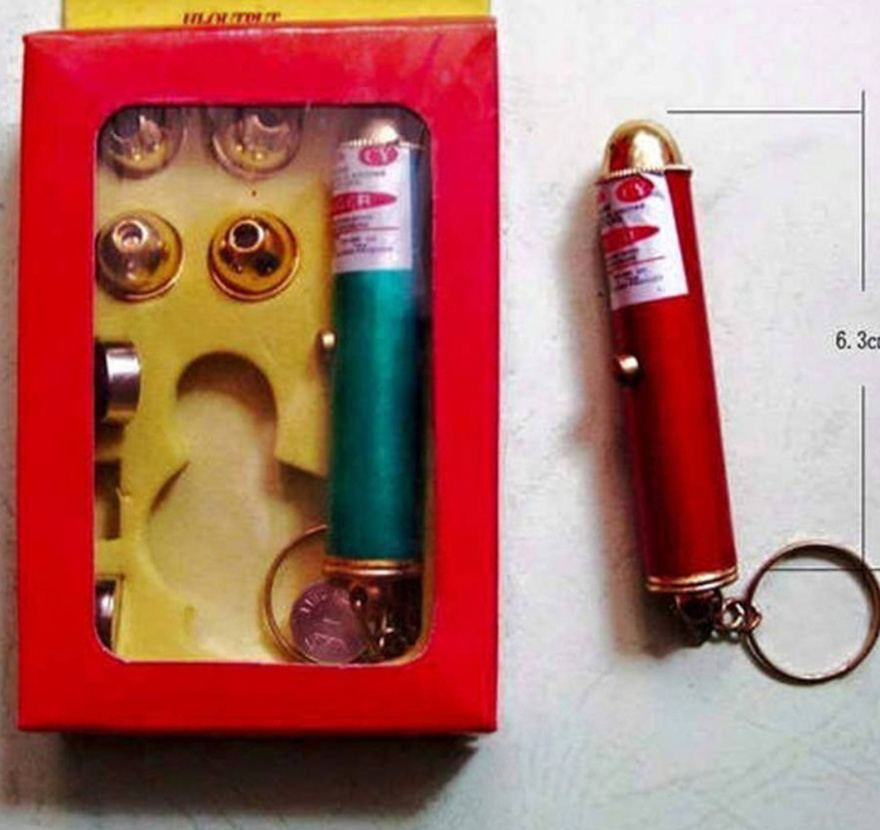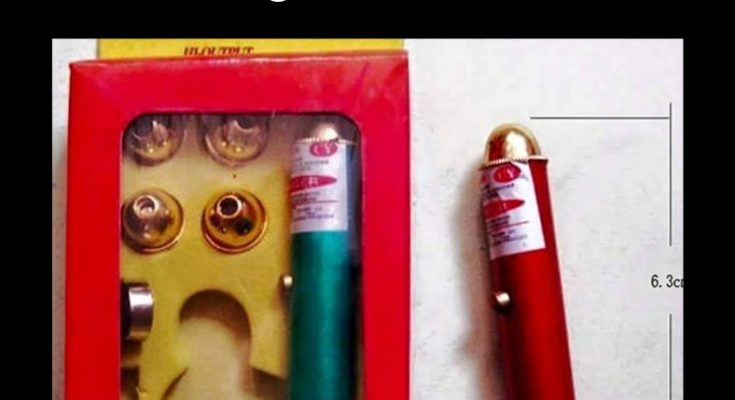Do you remember the excitement of playing with toy laser lights as a kid? These captivating devices aren’t just fun—they’re also a popular way for children to engage in interactive play.
Do you remember the excitement of playing with toy laser lights as a kid? These captivating devices aren’t just fun—they’re also a popular way for children to engage in interactive play. From laser spinning tops to lightsaber-inspired hand-held lasers, these toys have become a staple of childhood entertainment. But as fun as they are, understanding their safety features and potential risks is crucial.
In this article, we’ll explore how children’s toy laser lights work, the safety guidelines set by the U.S. Food and Drug Administration (FDA), and why responsible use is essential to prevent accidents.
How Children’s Toy Laser Lights Work

Toy laser lights may seem simple, but they’re powered by impressive technology. Let’s break down the mechanics behind these toys:
Light Source: These toys use either a laser diode or an LED. While lasers produce a more focused beam, LEDs create broader light patterns. Lasers are typically used for toys that need to emit a concentrated beam, such as laser pointers or light sabers.
Projector Lenses: Many laser toys come with rotating or static lenses that transform the light into different shapes, adding to the fun. For example, some laser toys can project stars, circles, or even cartoon images onto walls and ceilings.
Power Supply: Most laser toys run on batteries or rechargeable battery packs, making them portable. This portability allows kids to play with them almost anywhere.
Safety Considerations: Toy lasers are generally classified as Class 1 or Class 2, which are considered low-risk levels according to the International Electrotechnical Commission (IEC). However, even these low-powered lasers can be harmful if not used properly, particularly when pointed directly at someone’s eyes.
Common Types of Toy Laser Lights
From playtime to pet toys, laser lights come in a variety of forms:
Laser Guns: These toys mimic the action of real guns by emitting a laser beam when the trigger is pulled. The beam is often used for “aiming,” making them popular for pretend battles.
Spinning Tops with Lasers: As these tops spin, they project laser beams in multiple directions, creating a dazzling display of lights.
Hand-held Light Sabers: Inspired by iconic characters like Luke Skywalker from Star Wars, these toys simulate the look and feel of a lightsaber using LED or laser light technology.
Laser Projectors: Some toys create optical effects in open spaces, projecting images or patterns onto walls and ceilings.
Laser Cat Toys: These toys emit a small laser dot for pets to chase, providing entertainment for both pets and their owners.
The Potential Risks of Toy Lasers
Despite their fun factor, toy laser lights can be dangerous if not used responsibly. Lasers work by creating a powerful beam of electromagnetic radiation that can cause serious harm, especially to the eyes. Here’s why toy laser safety is crucial:
Eye Injuries: Even low-powered lasers can cause eye injuries if shone directly into someone’s eyes. Children may not understand the dangers, making it important for parents to supervise their use. Laser-related eye injuries can be severe, sometimes leading to permanent vision loss.
Delayed Symptoms: Unlike other injuries, laser damage to the eyes may not cause immediate pain. Symptoms can appear gradually, making it harder to detect and address promptly.
Reflective Hazards: A laser beam can reflect off shiny surfaces, such as mirrors, metal objects, or even polished light switches. This can redirect the beam unexpectedly, posing a risk to anyone in the vicinity.
FDA Safety Guidelines for Laser Toys



